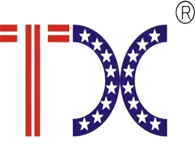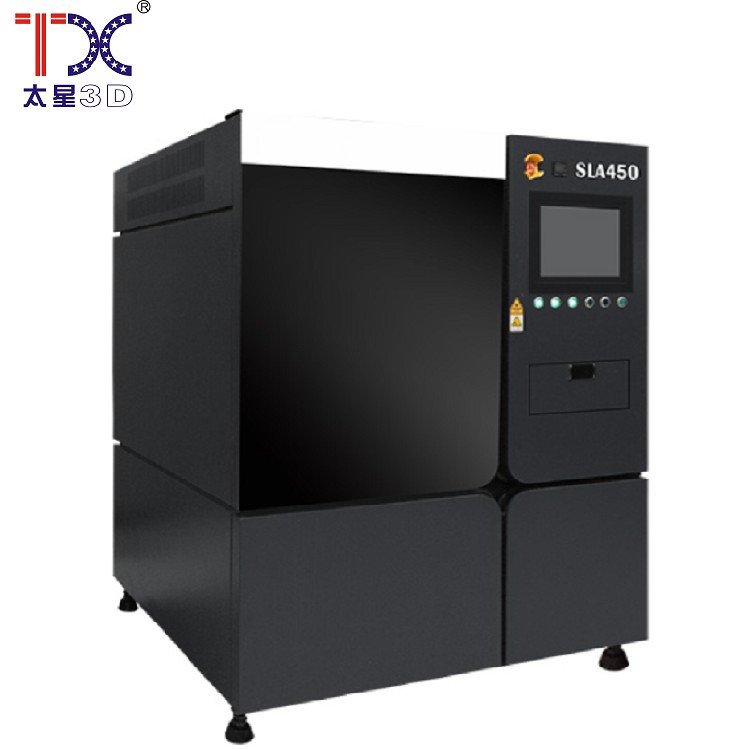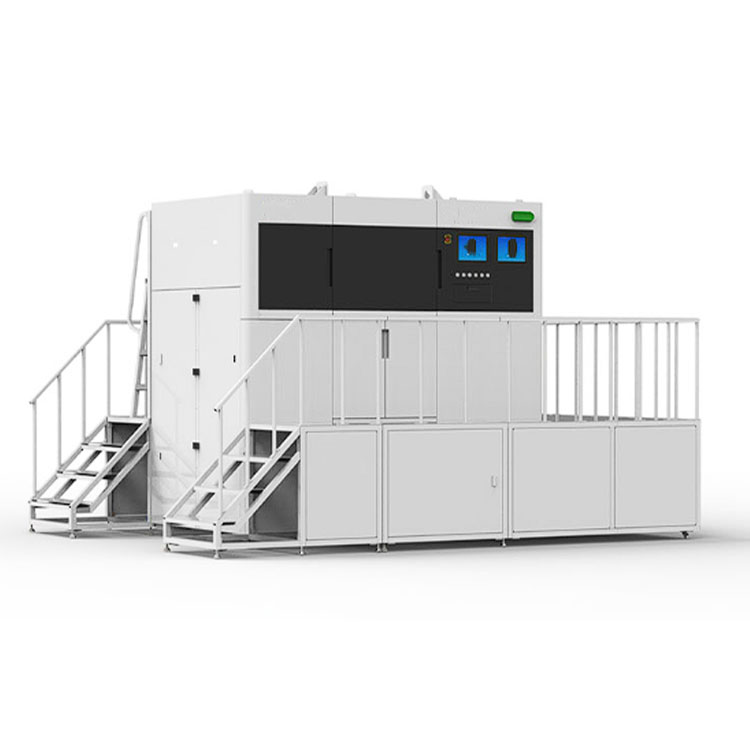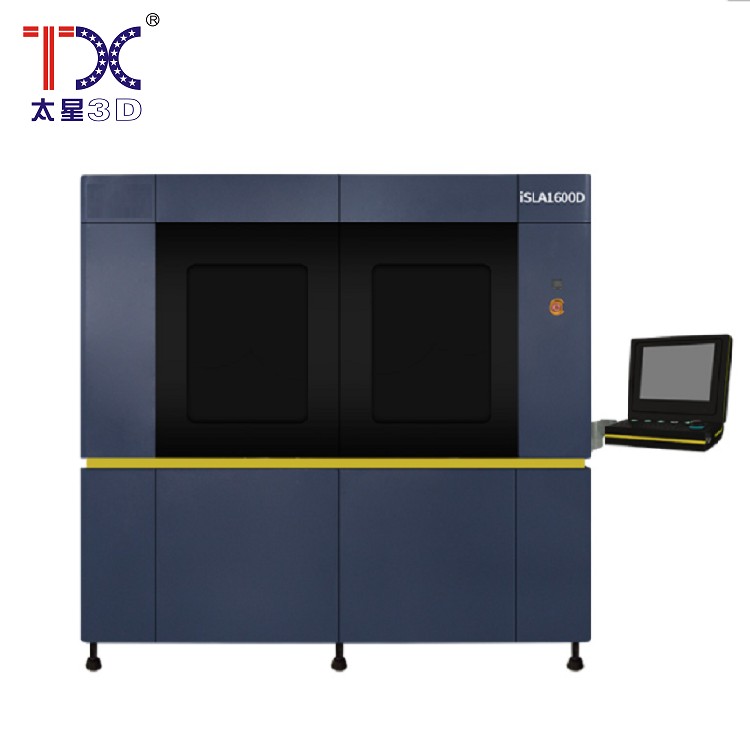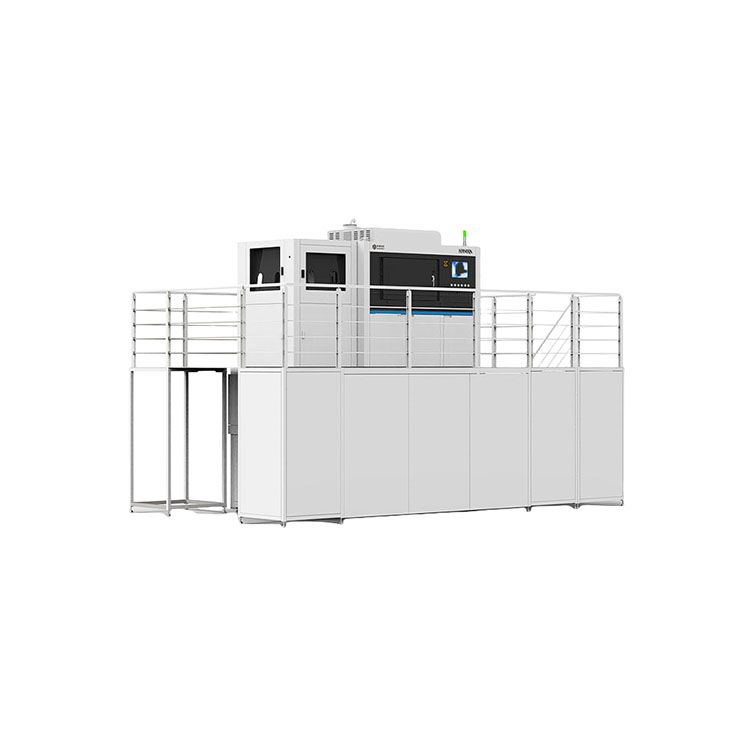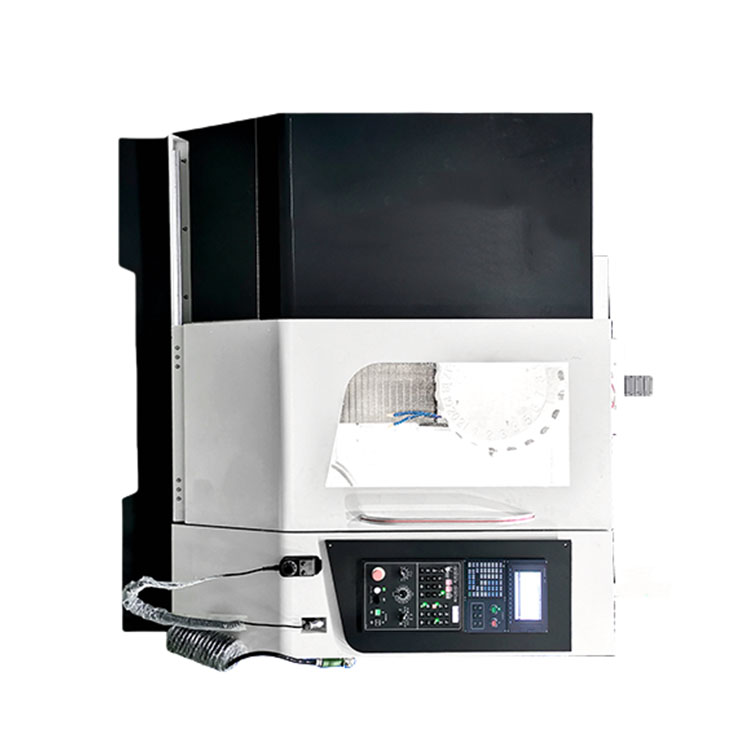
Five axes
Five axes
In the modern world, especially in technology and science, the concept of five axes is often found. But what does this really mean? Let's figure out this simple and understandable language.
What are five axes?
Imagine an object, for example, a part for a car or a piece of wood. To process or formulate this subject, you need to control its movement in space. Five axes are five independent directions of movement. Traditionally, these are three axes of coordinates: X, Y and Z, representing the movement forward-forth, left-right and up and down. But five axes implies the addition of two more additional axes: this is a turn around the rotation axis (for example, a turn of a part) and a turn around another axis.
Examples of the use of five axes
Where can you find the use of these five axes? In various areas! For example, in CNC machines (numerical management). These machines, controlled by a computer, can process parts with high accuracy, performing complex operations. Imagine the creation of unusual forms, or the manufacture of parts requiring multiple turns and movements. In the production of complex forms for cars, aircraft or even for medical equipment, five axes are an indispensable tool.
The advantages of the five axes
Using five axes gives many advantages. Firstly, this increases the accuracy of processing parts. Secondly, this allows you to create complex forms that would not be possible with ordinary machines. Thirdly, this accelerates the production process, since the machine can perform several operations at the same time. As a result, the parts are better, and the manufacturing process becomes more effective. As a result, this leads to saving time and resources.
AppropriateProducts
Corresponding products
The best soldproducts
The best -selling products-
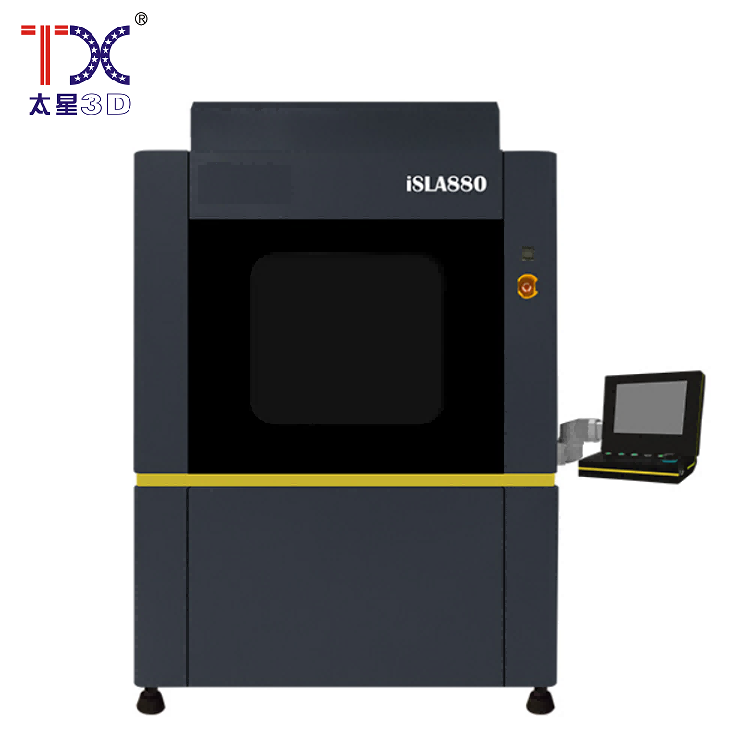 Taisin Light-adoptive 3D printer SLA880
Taisin Light-adoptive 3D printer SLA880 -
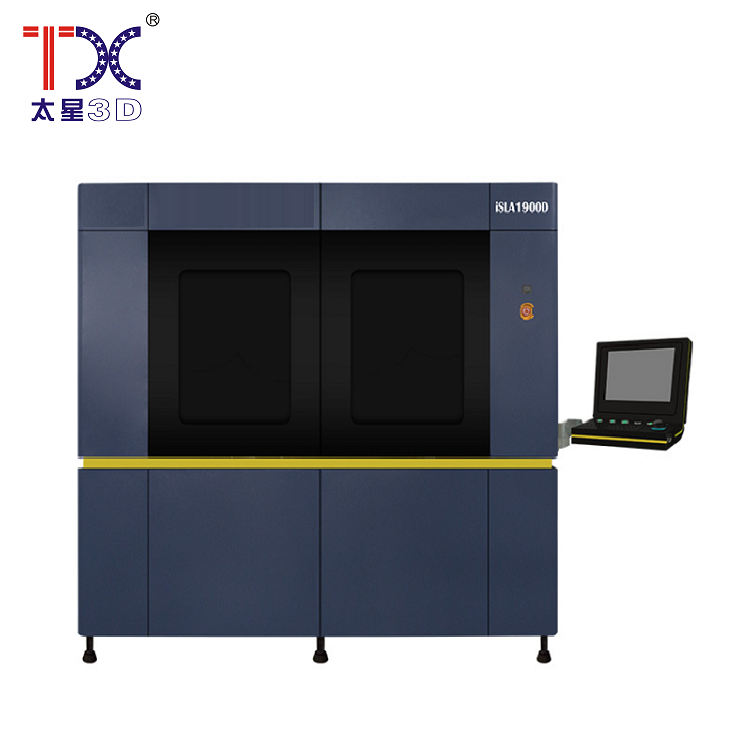 Taisin Light-adoptive 3D printer SLA1900D
Taisin Light-adoptive 3D printer SLA1900D -
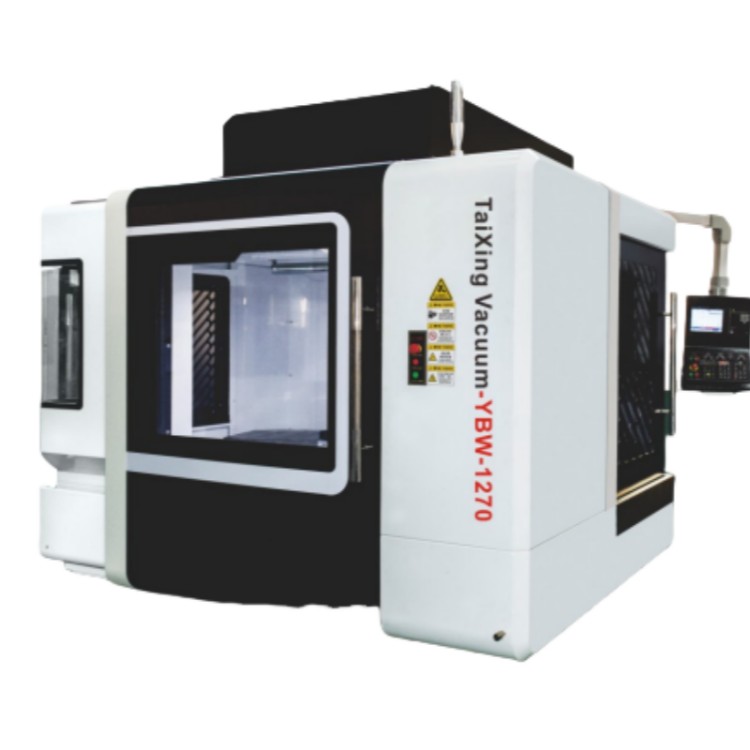 Taisin horizontal processing center YBM-1270
Taisin horizontal processing center YBM-1270 -
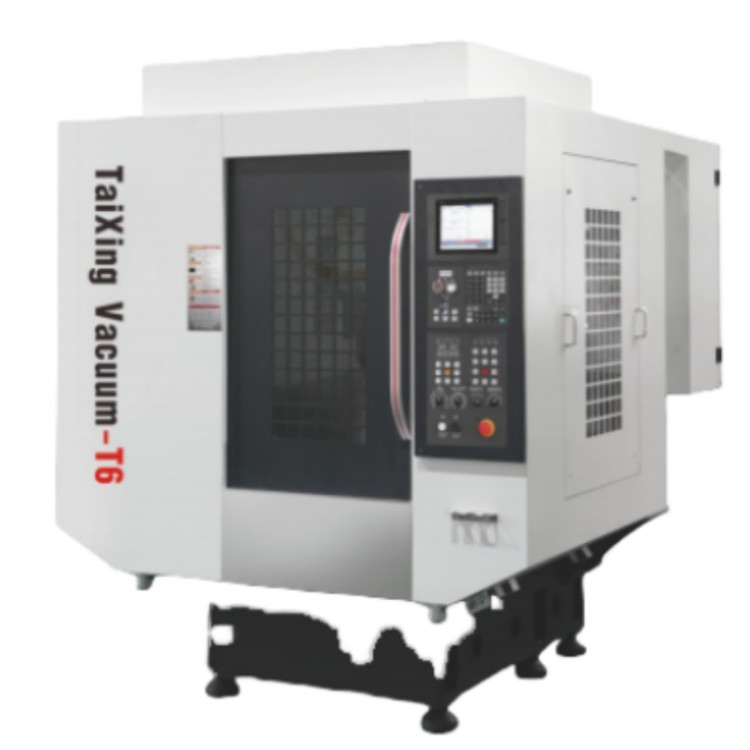 Taisin high-speed drilling and threaded machine TX-T6
Taisin high-speed drilling and threaded machine TX-T6 -
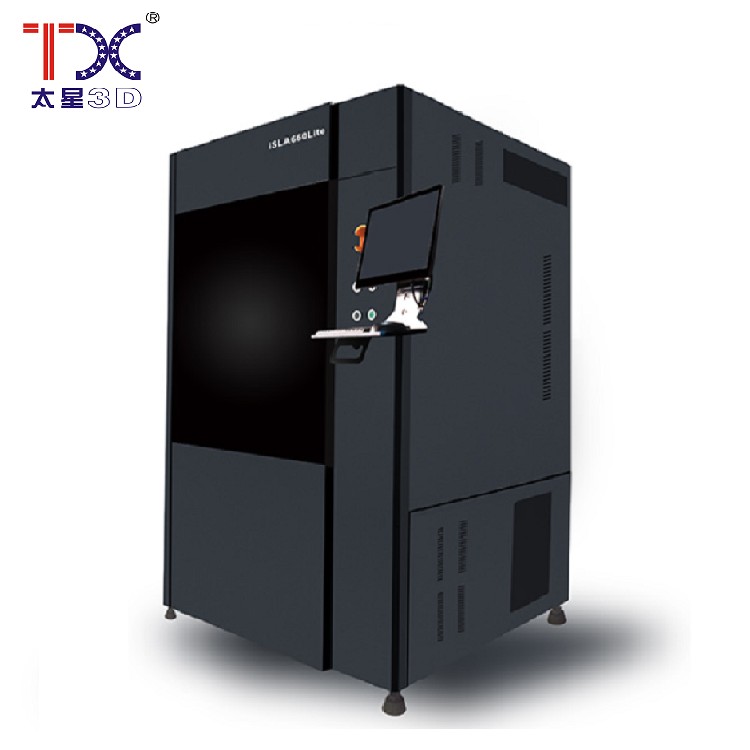 Taisin Light-adopted 3D printer SLA660Lite
Taisin Light-adopted 3D printer SLA660Lite -
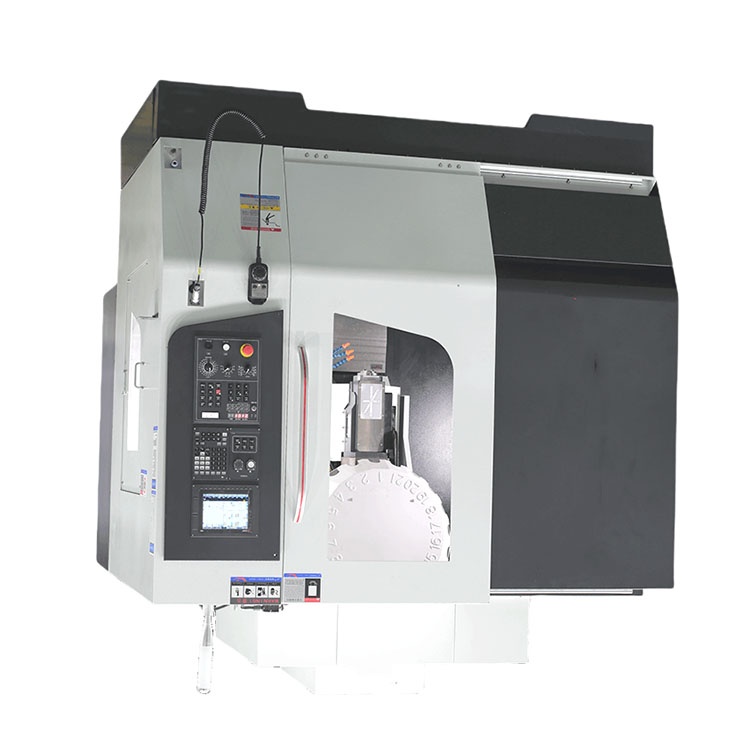 Taisin drilling and threaded-cutting machine with CNC TXT-700
Taisin drilling and threaded-cutting machine with CNC TXT-700 -
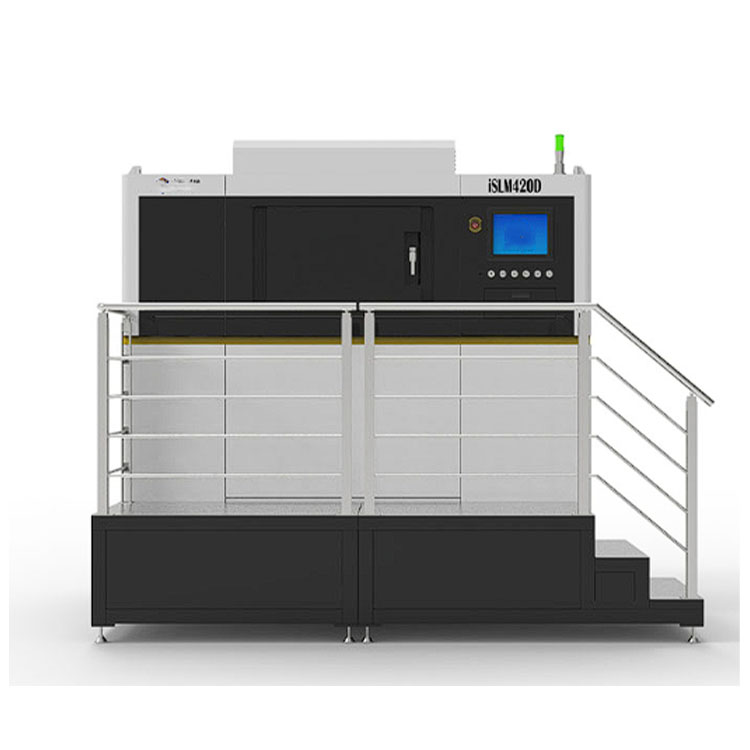 Taisin Metal 3D printer ISLM350DN
Taisin Metal 3D printer ISLM350DN -
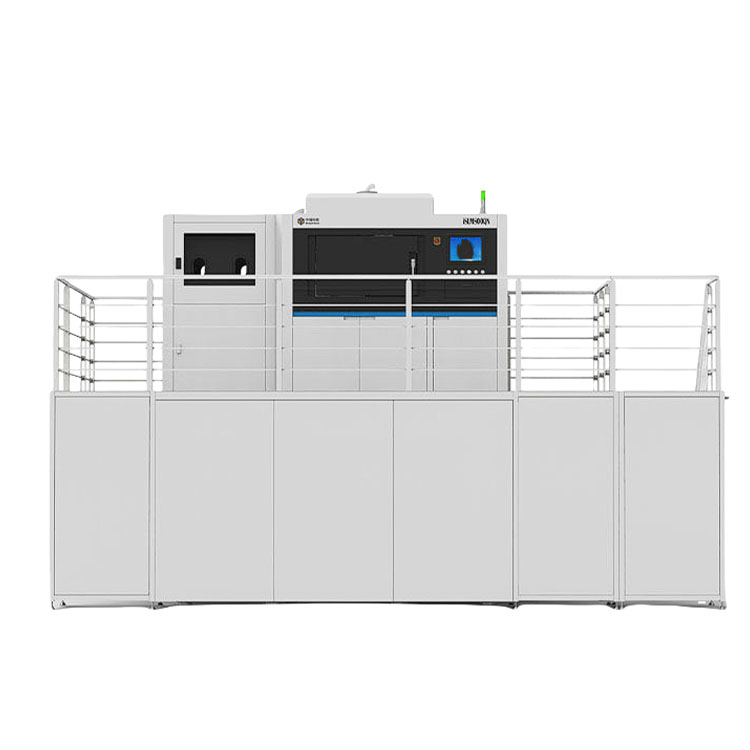 Taisin Metal 3D printer ISLM600QN
Taisin Metal 3D printer ISLM600QN -
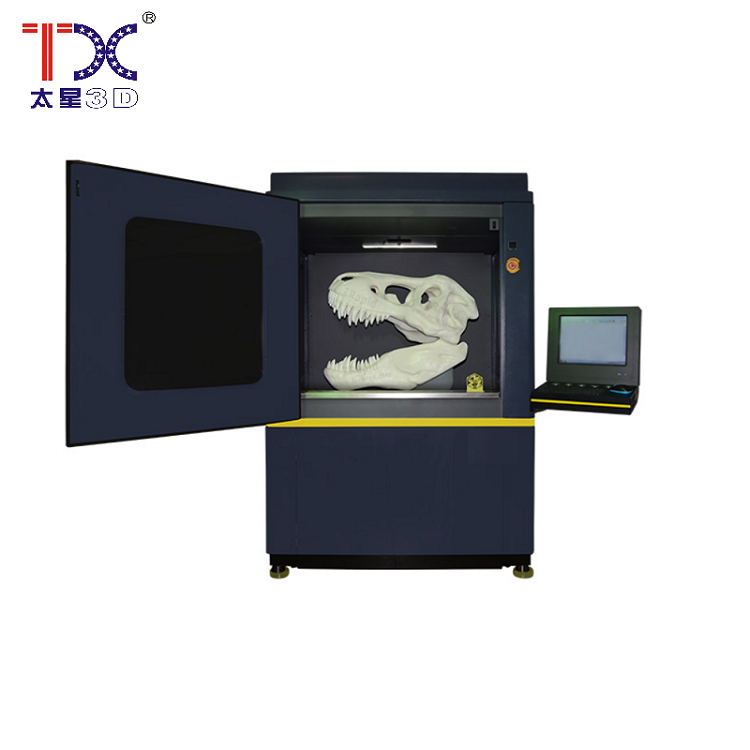 Taisin Light-adopted 3D printer ISL1100
Taisin Light-adopted 3D printer ISL1100 -
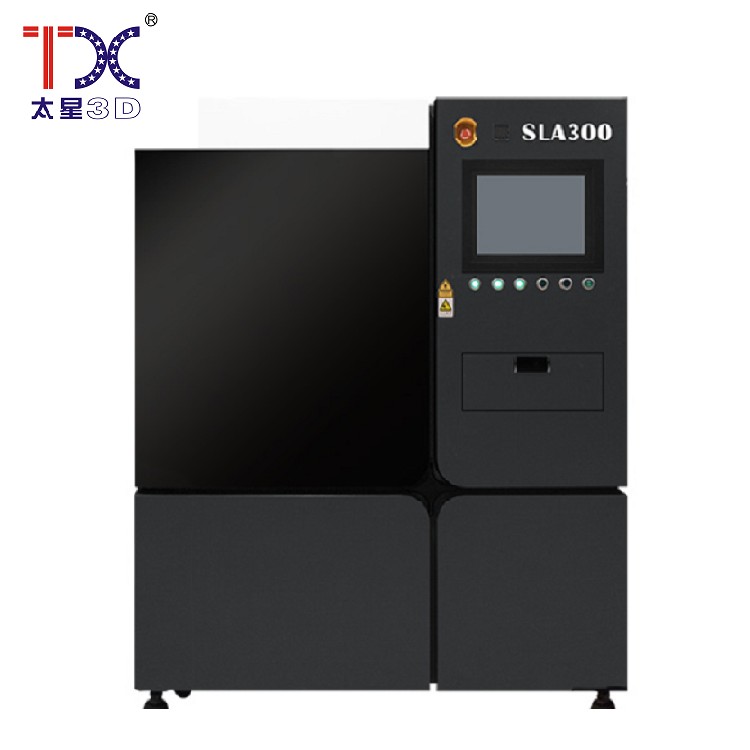 Taisin Light-adoptive 3D printer SLA300
Taisin Light-adoptive 3D printer SLA300 -
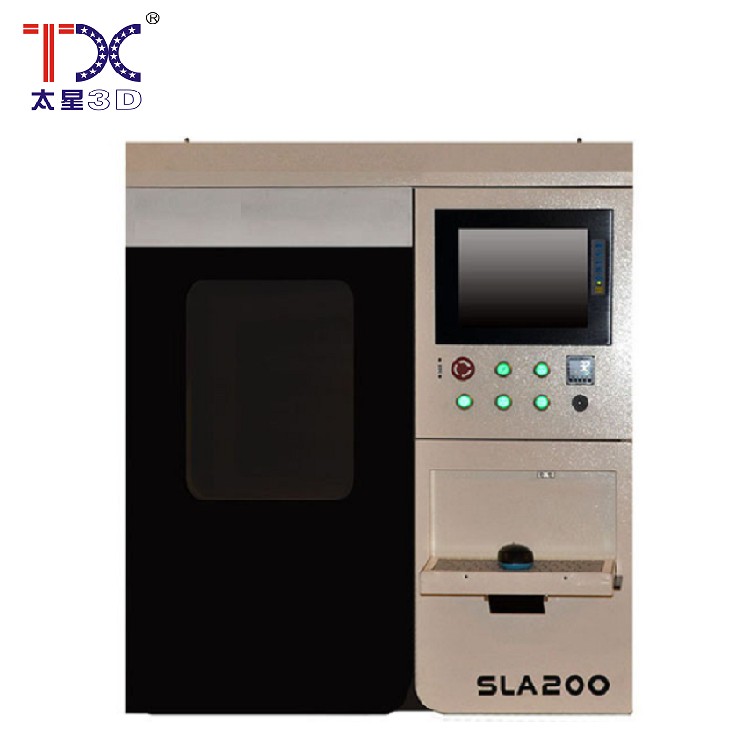 Taisin Light-adoptive 3D printer SLA200
Taisin Light-adoptive 3D printer SLA200 -
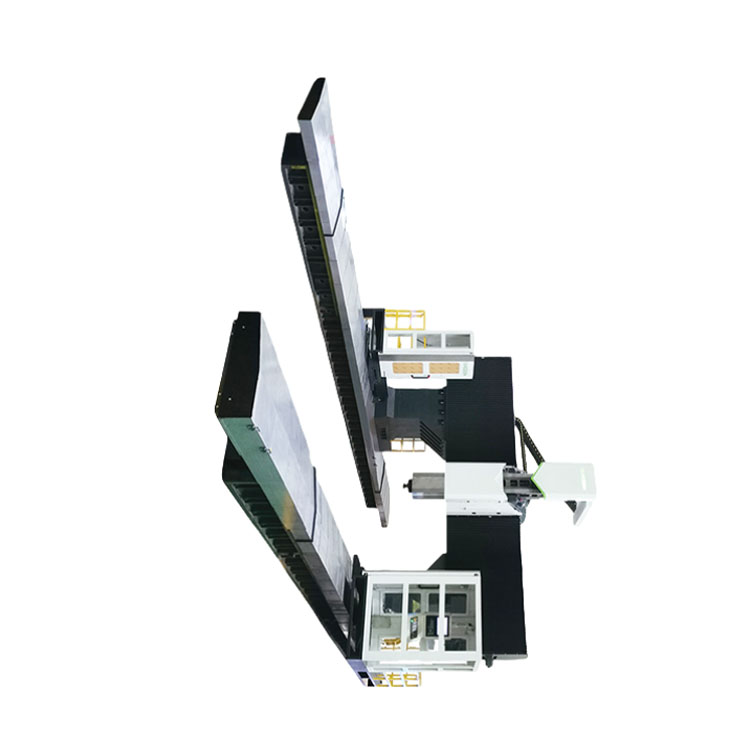 Taisin Pyatioseva CNC processing center for machining TXMT-21042
Taisin Pyatioseva CNC processing center for machining TXMT-21042
Connectedsearch
Related search- Cheap 3 axes of CNC machines factories
- Manufacturers of high-quality 5-axial OEM processing centers
- Manufacturers of 3D printing of mechanical parts in China
- China CNC machines type shaft factories
- 3D printing security plants in China
- Cheap kula suppliers
- 3D printing factories in China
- Chinese manufacturers of 5-axial processing centers with CNC
- CNC machine 5 axes
- Cheap 3D modeling printing factories
